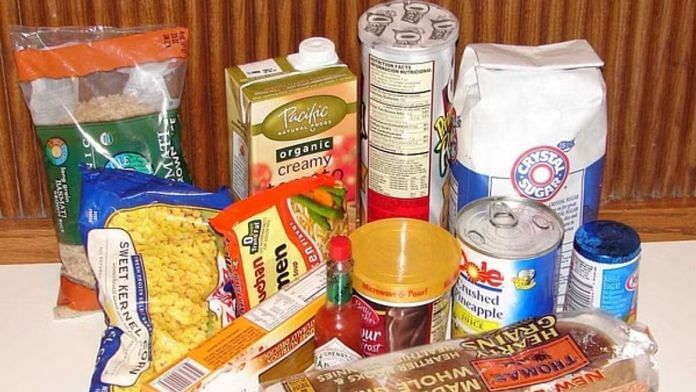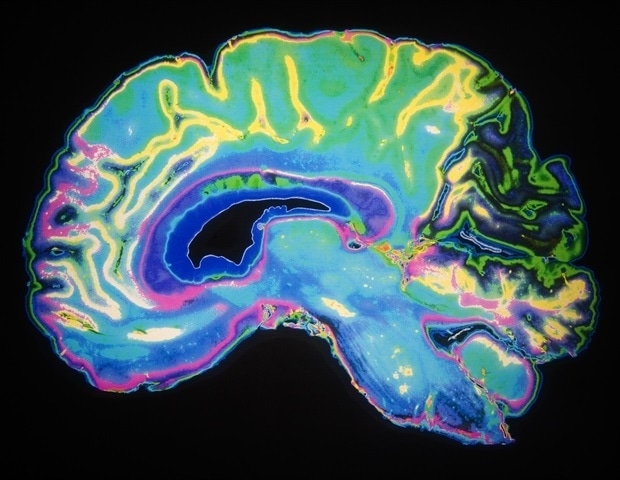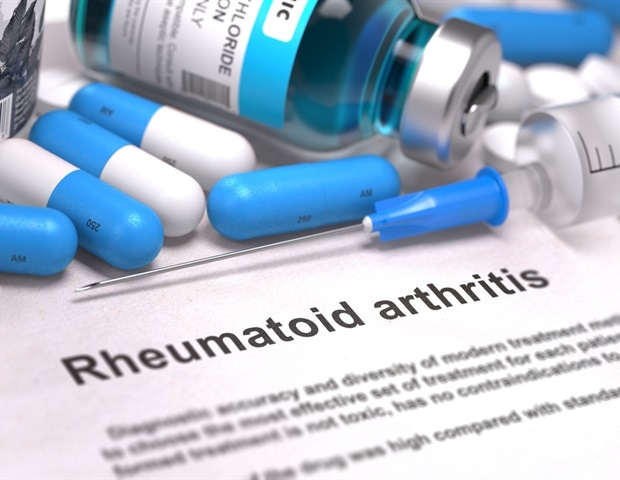
New Delhi: A national consortium on adolescent nutrition—headed by the country’s top government nutrition body—has suggested enforcing stricter regulations on advertisements of the high-fat, -salt and -sugar (HFSS) foods, tightening their marketing control and imposing a health tax on them. Released Friday, the policy brief by Let’s Fix Our Food (LFOF) has also recommended the enforcement of the ban on HFSS foods in canteens and near educational institutions, as provided in guidelines by the Food Safety and Standards Authority of India (FSSAI). The Indian Council of Medical Research-National Institute of Nutrition, Public Health Foundation of India and UNICEF, in collaboration with the Institute of Economic Growth, World Health Organisation (WHO), Deakin University and World Obesity Federation, lead the LFOF consortium.
The recommendations come in the wake of figures showing that while 24 percent of adolescents are underweight in India, over 17 million children and adolescents are affected by obesity. “This number can cross 27 million by 2030 unless we take proactive action today. This dual burden of malnutrition can be addressed, through common strategies,” noted the brief.

It also revealed that “ambiguities” in policies for advertisements hinder efforts to limit children’s exposure to HFSS foods. “The rising burden of overweight and obesity among adolescents is an emerging crisis. If left unaddressed, it will have long-term consequences on public health and economic productivity,” said Dr V.
K. Paul while launching the brief. The consortium emphasised that tackling the growing epidemic of obesity and diabetes in India requires a comprehensive action plan integrating taxation, stricter marketing restrictions on unhealthy foods, improved food labelling, and increased public awareness.
It also highlighted that the country does not have a clear health tax policy, as the existing Goods and Services Tax (GST) does not differentiate between healthy and unhealthy foods. The consortium suggested introducing an “additional health tax” of 20–30 percent on sweets and confectioneries and a 32 percent tax on sugar-sweetened beverages (SSBs) to address the issue. It also recommended revising the taxation of sugar alternatives, such as non-nutritive and artificial sweeteners, currently taxed at the same rate as regular sugar.
Additionally, it proposed incentivising manufacturers to reduce the sugar, salt, and fat content in products. The consortium also identified strengthening regulations to restrict the marketing of unhealthy food and beverages and implementing a more effective food labelling policy as critical steps to promote healthier choices. Also Read: Economic Survey suggests ‘health tax’ on junk foods, sugar & salt limits for packaged items Currently, India has thirteen policies and guidelines related to advertisements.
Nine of them require mandatory adoption and implementation, whereas four are self-regulatory. The Guidelines for Prevention of Misleading Advertisements and Endorsement of Misleading Advertisements, 2022, is the only policy instrument explicitly restricting the advertisement of high-fat, -salt, and -sugar (HFSS) foods to children across all media. However, the consortium pointed out that this was insufficient to effectively limit children’s exposure to such advertisements due to several ambiguities.
These include the absence of a clear definition of ‘junk food’, unclear terminology regarding whether restrictions apply to a ‘programme’ or an entire ‘channel’ meant for children, a lack of clarity on what constitutes an advertisement that directly targets or uses children, and the absence of objective criteria for defining ‘brand extension’ and ‘indirect advertisement’. Despite these shortcomings, the consortium acknowledged that it also has the potential to strengthen food advertising regulations across all media and settings in India. To enhance their effectiveness, the consortium recommended introducing stricter implementation and enforcement mechanisms, expanding the regulatory scope beyond child-directed advertisements to cover all advertisements, and ensuring protection for not just children and adolescents but also the broader population.
It also suggested adopting a clear definition of junk food, potentially using the WHO Nutrient Profile Model for the Southeast Asia Region or the Nova food classification system, as recommended by the Food and Agriculture Organisation of the United Nations, based on the level of food processing. The consortium emphasised that behaviour change techniques are highly effective in obesity prevention, stating that they are “more cost-effective than management and treatment”. It further highlighted the importance of ‘Social Behavior Change Communication (SBCC)’ in addressing complex nutrition-related practices and behaviours, calling it a crucial solution.
The consortium recommended strategies across multiple levels—policy, organisational, community, interpersonal, and individual—to strengthen SBCC efforts. One key suggestion was using AI-based empowerment tools and mobile health technology to raise awareness and enhance interpersonal communication and nutritional counselling. The consortium also called for integrating “double-duty actions” into health programmes and policies to address multiple forms of malnutrition through improved diets, healthcare services, and caregiver practices.
Double-duty actions refer to interventions simultaneously addressing multiple forms of malnutrition—undernutrition, such as stunting and wasting, and overnutrition, such as obesity and diet-related non-communicable diseases—through integrated policies and programmes. The consortium recommended incorporating “double-duty messages and campaigns into POSHAN 2.0” to ensure a more comprehensive approach to tackling malnutrition at scale.
The policy briefs and research outputs also introduced a ‘Model School Nutrition Curriculum’ to integrate food and nutrition education into school programmes. A Food Label Reading Comic Book was also released to enhance the ability of adolescents to interpret food labels and strengthen their overall nutrition literacy through skill-based learning. The LFOF recommendations were based on a nationwide survey across 36 Indian states and UTs, gathering responses from 1,43,906 adolescents.
The findings revealed that 49.46 percent of adolescents relied on schools as their primary source of nutrition-related information, while 72.58 percent reported reading nutritional labels.
However, 67.57 percent admitted that food advertisements influenced their choices and 62.81 percent expressed a need for simplified nutrient information on food packaging.
Additionally, 43.88 percent believed that better access to information on unhealthy foods could discourage their consumption. Food cost was also a barrier, with 30.
7 percent stating they could not afford healthier food options. On the physical activity front, 30.15 percent of adolescents recommended at least 30 minutes of exercise daily, while 15.
06 percent supported an hour of daily physical activity. (Edited by Madhurita Goswami) Also Read: Chinese study links high-salt diet to depression-like symptoms var ytflag = 0;var myListener = function() {document.removeEventListener('mousemove', myListener, false);lazyloadmyframes();};document.
addEventListener('mousemove', myListener, false);window.addEventListener('scroll', function() {if (ytflag == 0) {lazyloadmyframes();ytflag = 1;}});function lazyloadmyframes() {var ytv = document.getElementsByClassName("klazyiframe");for (var i = 0; i < ytv.
length; i++) {ytv[i].src = ytv[i].getAttribute('data-src');}} Save my name, email, and website in this browser for the next time I comment.
Δ document.getElementById( "ak_js_1" ).setAttribute( "value", ( new Date() ).
getTime() );.















